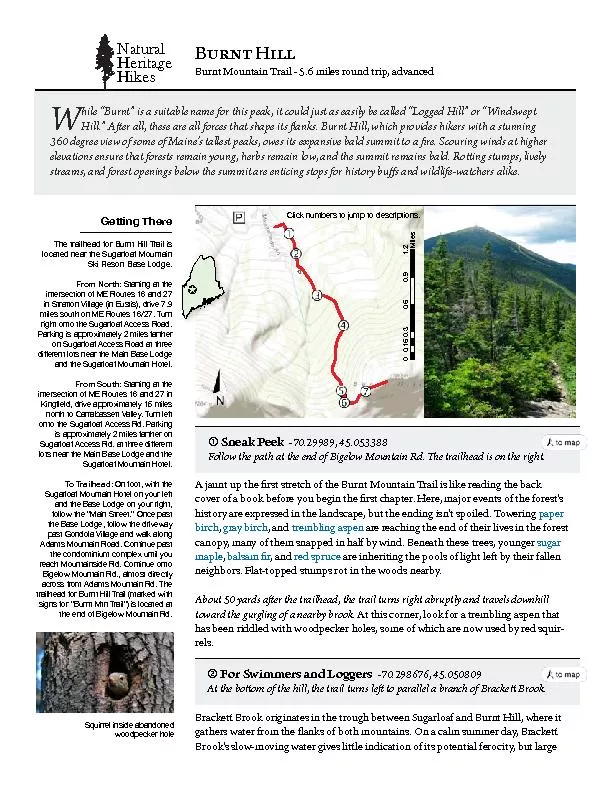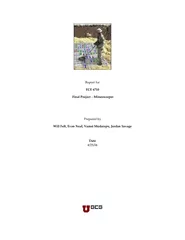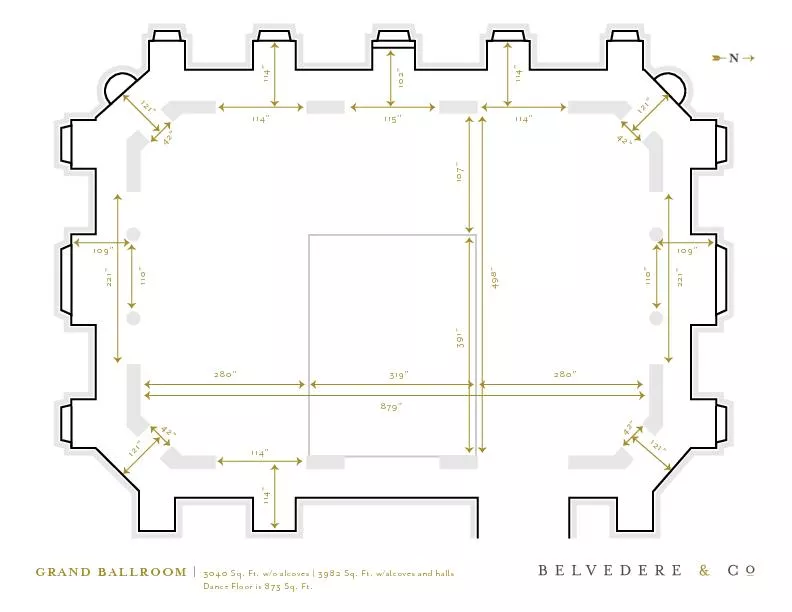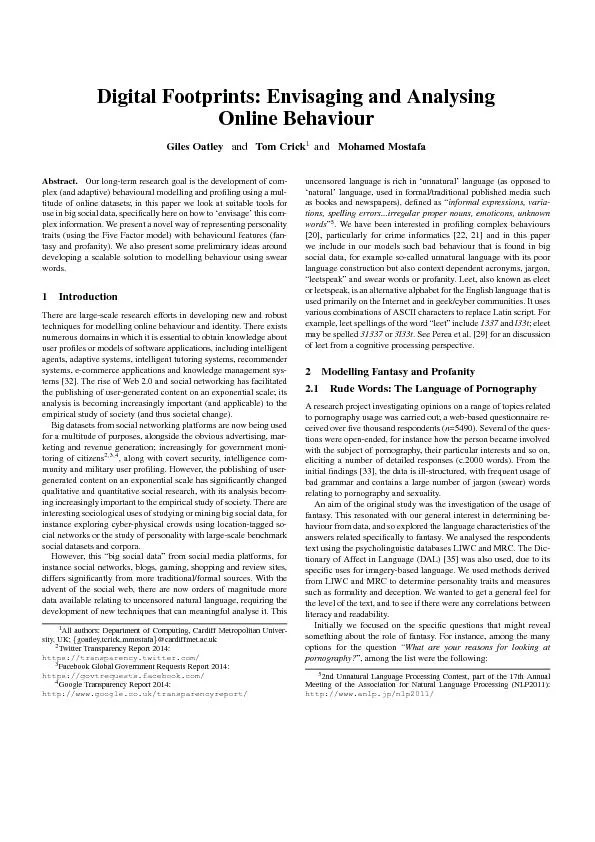PDF-hile “Burnt” is a suitable name for this peak, it could just
Author : karlyn-bohler | Published Date : 2016-05-05
0 03 06 09 12 015 Miles Sneak Peek Follow the path at the end of Bigelow Mountain Rd e trailhead is on the right NaturalHeritageHikes 0060Squirrel inside abandoned
Presentation Embed Code
Download Presentation
Download Presentation The PPT/PDF document "hile “Burnt” is a suitable nam..." is the property of its rightful owner. Permission is granted to download and print the materials on this website for personal, non-commercial use only, and to display it on your personal computer provided you do not modify the materials and that you retain all copyright notices contained in the materials. By downloading content from our website, you accept the terms of this agreement.
hile “Burnt” is a suitable name for this peak, it could just: Transcript
Download Rules Of Document
"hile “Burnt” is a suitable name for this peak, it could just"The content belongs to its owner. You may download and print it for personal use, without modification, and keep all copyright notices. By downloading, you agree to these terms.
Related Documents







![””Parkwood [8”x 20” sheet]Collins [12”x 12&#](https://thumbs.docslides.com/195033/148-148-parkwood-8-148-x-20-148-sheet-collins-12.jpg)






